By Katrina Kelly, owner of EARTHeim
I’ve never met a gardener who doesn’t want to reduce maintenance in their garden. While it can be fruitful to care for a garden, sometimes we just want to sit back and relax while enjoying it! Groundcovers are one solution to reduce garden maintenance. The fewer blank spaces there are, the fewer chances for weeds and the less need for mulch. There are many native groundcover plants that are great choices in garden settings.
Groundcover usually refers to plants that are low-growing and have a spreading or creeping habit. Some perennials that grow taller can be used like a groundcover. There are many groundcover species commonly seen in the landscape, mostly non-native ones like Vinca major, Pachysandra terminalis, or Liriope. Unfortunately, many non-native groundcovers are also considered invasive like wintercreeper (Euonymus fortunei), and English ivy (Hedera helix).
There are many reasons why a groundcover may make a great choice. Groundcovers can help fill large spaces, especially if you’re on a budget. The groundcover will spread over time, so you can buy fewer plants to get started. Many native groundcovers are manageable in the landscape even when left to naturalize.
In a design sense, using large swaths of groundcovers can create a simple, refined garden space. Use them to create a monochromatic palette or greenery for foliage interest. For groundcovers that bloom, large blocks of color create nice views along a roadway or as a backdrop to a garden.
One of my favorite ways to use a groundcover is underneath trees and shrubs. Because it can be difficult to reach underneath a shrub to pull weeds, planting a groundcover helps with this dilemma. I often show up to client’s homes, where I find invasive honeysuckle growing inside another shrub. This situation is often overlooked, so when you plant a shrub, consider planting a companion groundcover underneath.
In an ecological sense, native groundcovers can be used to suppress invasive species in an area. For example, wild ginger has a dense root structure, which prevents anything else from growing in it. Groundcovers will compete with other plants through its root structure, shading the ground, and absorbing moisture from the soil. Use this behavior to prevent weeds.
Some plants can be considered groundcovers even though they are not low growing. Ferns, like ostrich (Matteuccia struthiopteris) and interrupted (Osmunda claytoniana), will spread by underground rhizomes or stolons to form small colonies that are great for filling in sections of a shade garden. River oats is a nice ornamental plant that looks like a grass. It readily seeds, but it is great in areas where you need to keep out invasive plants and to prevent soil erosion.
Like river oats, grasses, and sedges (Carex species) make great groundcovers on sloped areas that are prone to erosion. These plants in a residential setting work well because they mimic a lawn but eliminate mowing along steep slopes which can be dangerous.
Sedges are another low maintenance alternative. They are the only plant I consider no maintenance because many species don’t need cutting down in spring. They are safe choices in an easement garden between the sidewalk and street since they don’t block views. A few can tolerate being stepped on occasionally in these high traffic areas.
A few part shade to shade groundcovers to consider are wild ginger (Asarum canadense), Allegheny spurge (Pachysandra procumbens), stonecrop (Sedum ternatum), woodland phlox (Phlox divaricata), creeping phlox (Phlox stolonifera), golden groundsel (Packera aurea), green and gold (Chrysogonum virginianum), and dwarf crested iris (Iris cristata). Some of these can tolerate nearly full sun conditions. For full sun conditions try moss phlox (Phlox subulata), pussytoes (Antennaria virginica), and prairie smoke (Geum triflorum).
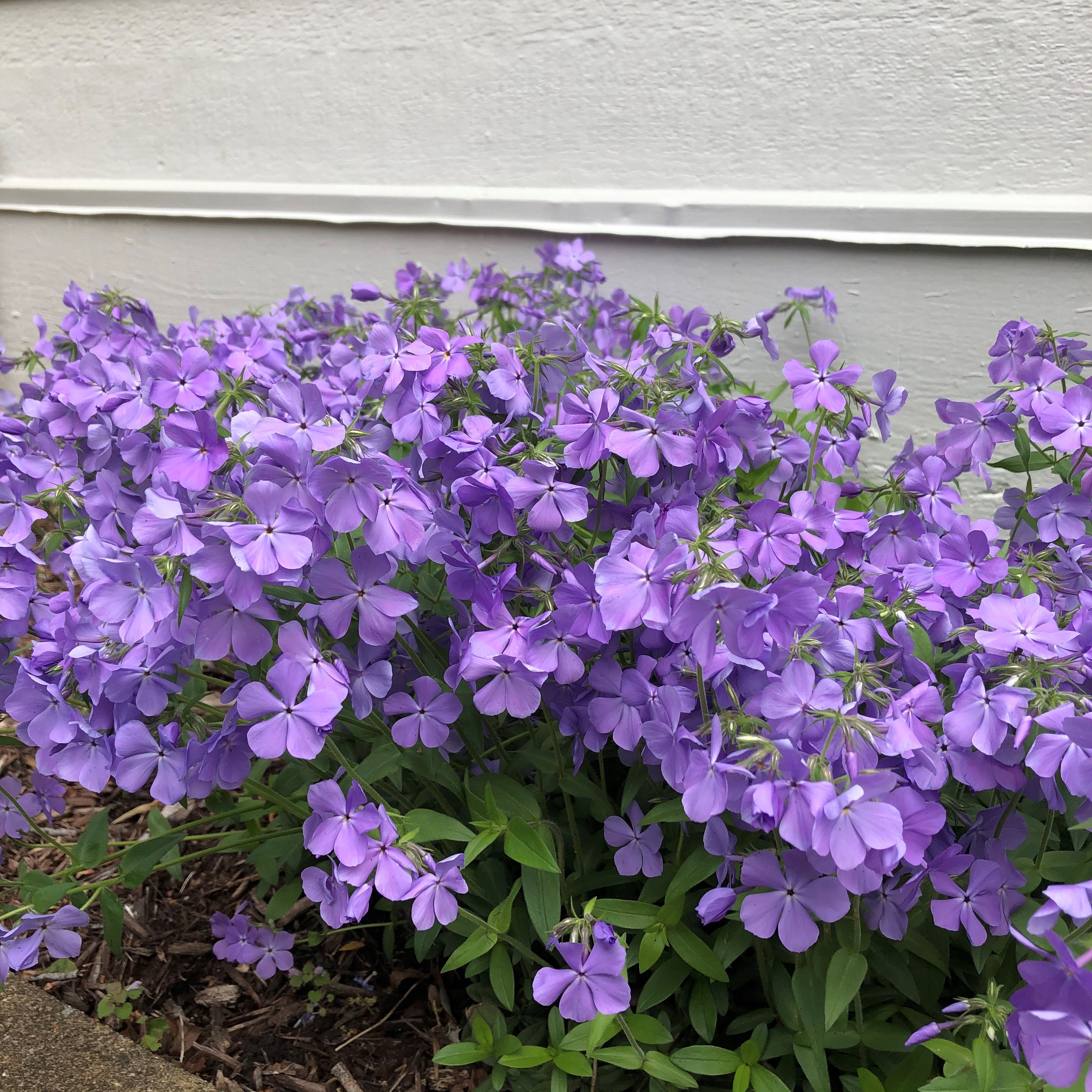
Woodland phlox 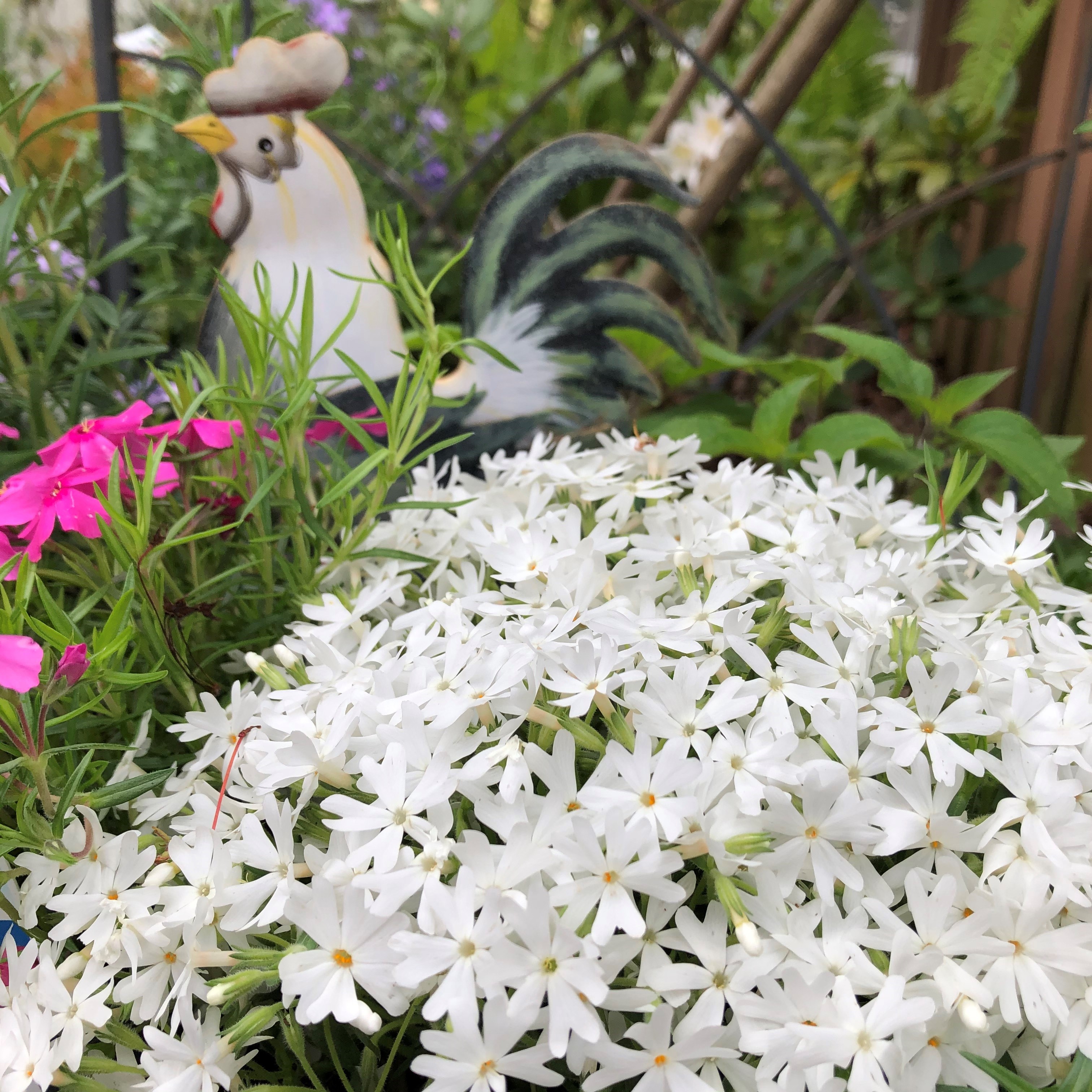
White phlox 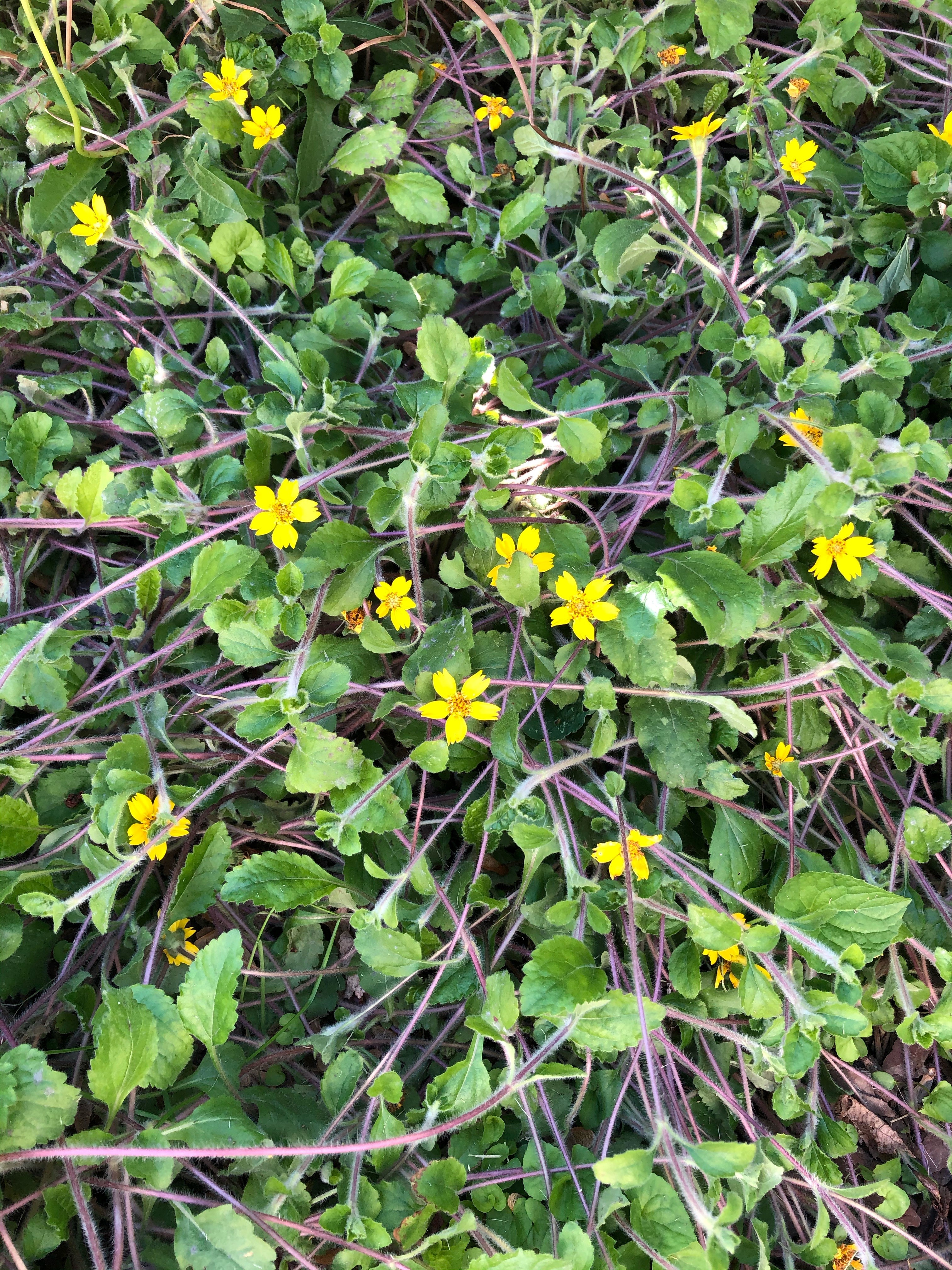
Green and gold 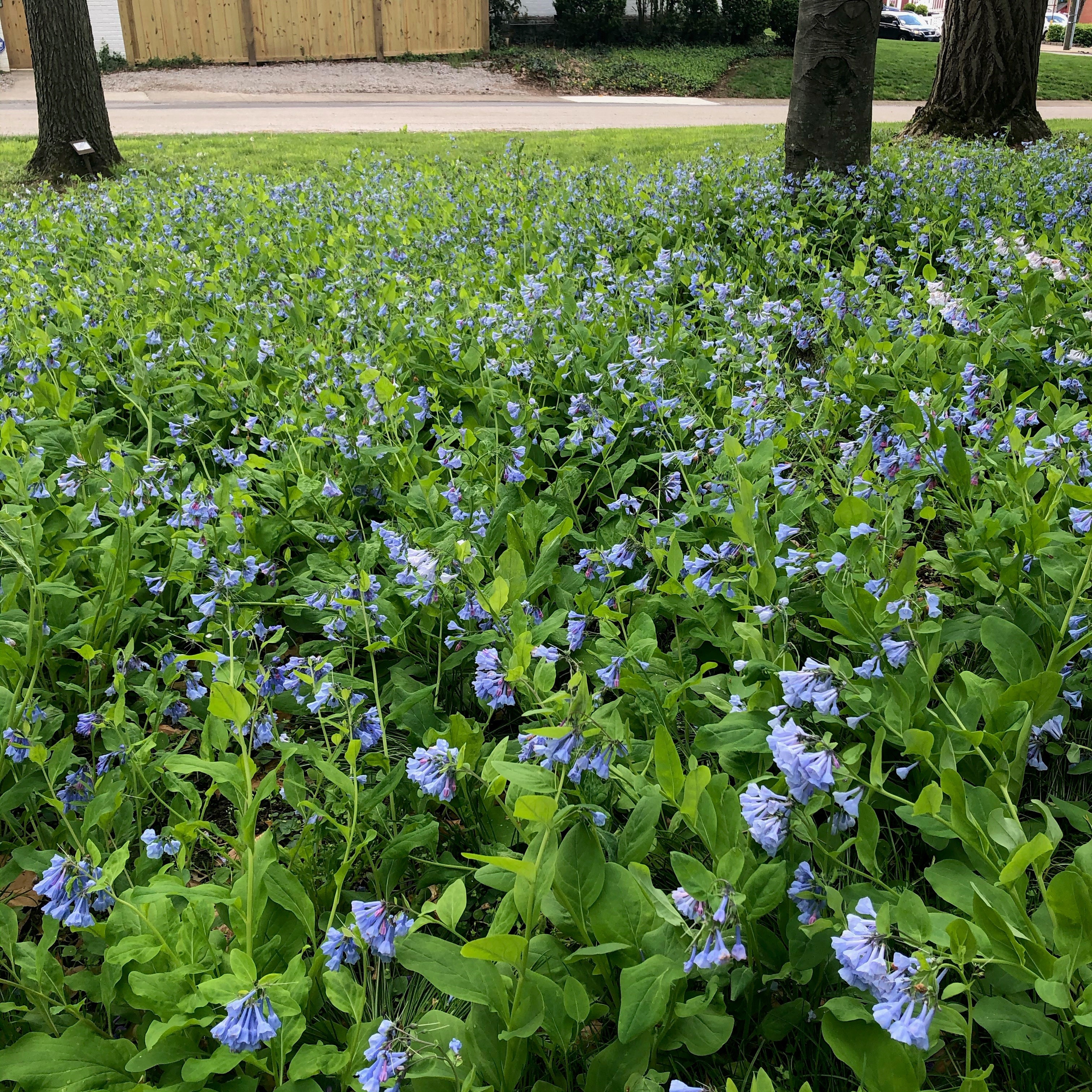
Virginia bluebells 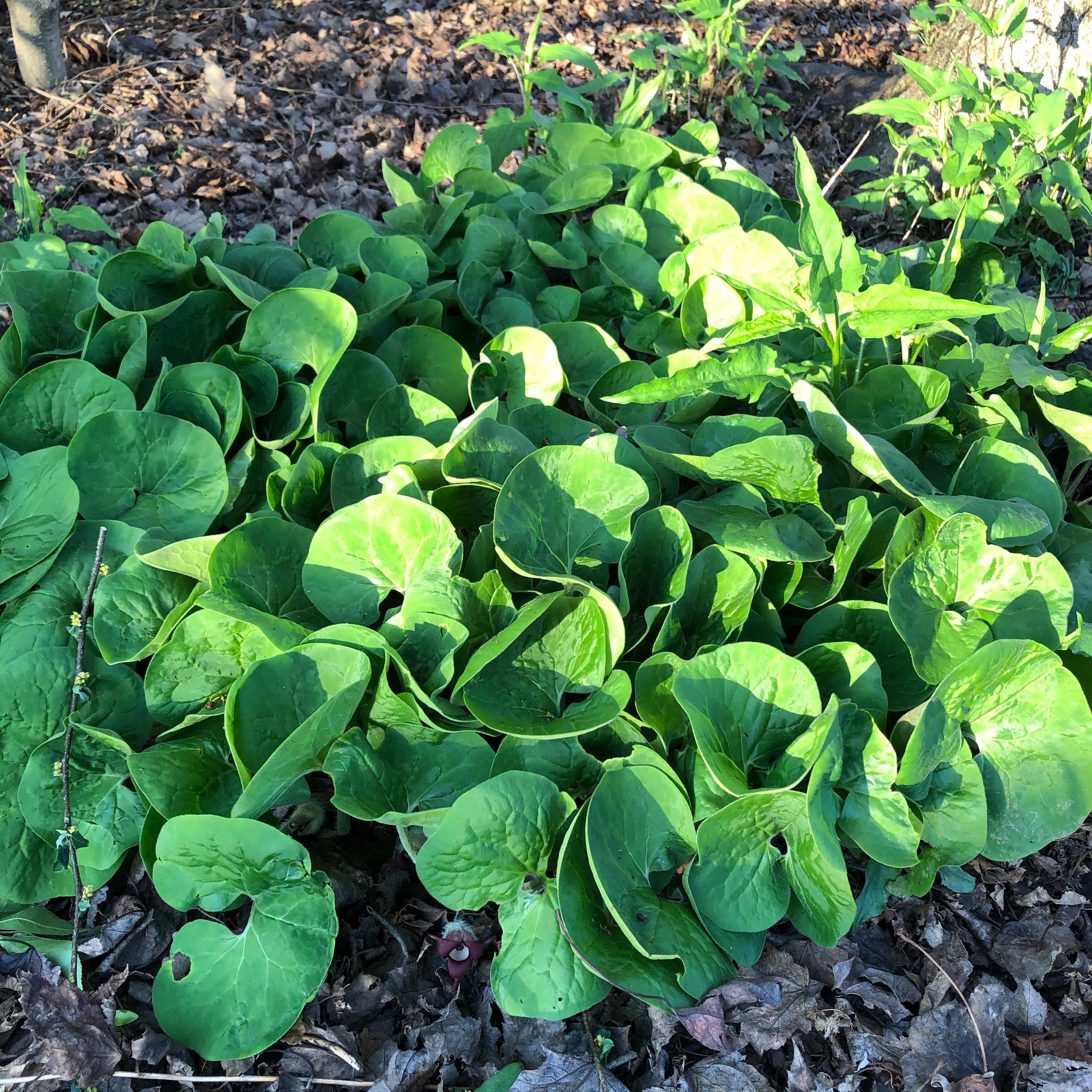
Wild ginger
Success with groundcovers starts with the right plant for the right place. Always check the plant’s growing conditions before purchasing. A groundcover may thrive in its ideal condition, but struggle in others. Always check botanical names before purchasing since common names can be misleading. It’s easy to confused them with similar non-native species, or a cousin who likes a different microclimate.
Working in the landscape industry, I’ve seen groundcovers planted haphazardly in landscapes with little thought. Use groundcovers to show intentionally, which achieves a certain affect whether it’s for aesthetic or ecological reasons. If you have areas in your landscape that could use some groundcover, consider some of these native choices.

Katrina Kelly is a native to Lexington, Kentucky. She is a graduate of the University of Kentucky and has a degree in Landscape Architecture and Music. She is the owner and solopreneur of EARTHeim Landscape Design in Lexington, which focuses on creating unique garden designs with native plants and backyard homesteads. Her interest in native plants began when she volunteered at Salato with Mary Carol Cooper in 2005. She is a board member of the Wild Ones organization in Lexington. In the small amount of time she is not thinking about gardens or gardening, she enjoys photography, writing, science, fitness and nutrition, and building or crafting things around the home.
